

On May 25, 2023, the inaugural Federal Innovation Award ceremony took place – a competition aimed at discovering and spotlighting existing innovative initiatives within the Belgian federal government.
After a thorough evaluation of all submissions, one of the jury's clear recommendations emerged: regular international benchmarking.
The innovation trip to Copenhagen, organized by Nido (the innovation lab for the Belgian government), is a tangible step in that direction. The objective? Drawing inspiration from countries where innovation in the public sector thrives and truly adds value for both citizens and businesses.
The winning teams from FPS Finances, RIZIV/INAMI and NMBS/SNCB were given the opportunity to join the trip to Copenhagen and the Swedish city of Malmö, alongside the Enabel team, recipient of the 'First Penguin Award'. From 10 to 13 October 2023, a delegation of 22 staff members stayed in this Scandinavian innovation hotspot, seeking inspiration from 9 leading players with the ambition to gather as many ideas as possible to foster a culture of progress and innovation within the Belgian government.
Nido hopes that the report stemming from this experience will inspire civil servants, government managers, and policymakers with approaches that lead to innovation with greater impact for both citizens and businesses.
This report is intended for anyone who cherishes innovation within the public sector and is curious about the new insights and ideas generated by this inspirational journey.
The choice of Copenhagen as the destination for this innovation trip was deliberate, owing to Denmark's international acclaim as a leading innovator. According to the European Commission, Denmark ranks at the top of the EU list for governmental efficiency, transparency, and citizen trust. The country hosts pioneering innovation initiatives and is renowned for its expertise and knowledge.
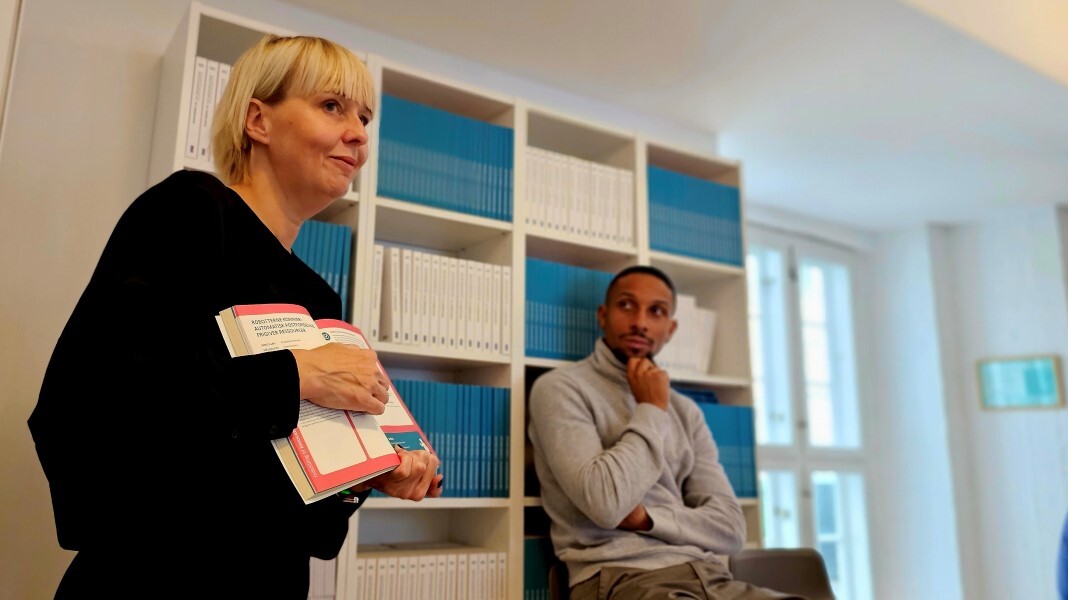
Within the European landscape of government effectiveness, Denmark holds a prominent position, while Belgium finds itself in a more modest stance within the EU-27. Denmark has achieved substantial success in governmental policies and performance, showcasing exceptional service quality, political independence, and credibility in policy implementation. A focus on citizens in innovation has been a recurring theme in recent reforms within Denmark's public sector.
The country boasts a high-quality digital government offering, with 91% of the population engaging in e-government, while Belgium also performs well but grapples mainly with coordination issues in this respect. Trust in the Danish government is significantly high, positioning the country at the forefront of the EU-27 regarding trust in both national and local authorities. In contrast, Belgium secures a more modest position.
"Denmark is a rich and healthy country in a region that has experienced peace and prosperity for decades. It experiences relatively low poverty and economic inequality, and relatively high levels of gender equality and social mobility. Moreover, it has low corruption and a high level of societal trust."Jens Martin Skibsted and Christian Bason in Expand,
stretching the future by design
Denmark not only has successful public services but also a model of equality and social prosperity, resulting in a satisfied population. All these elements contribute to trust in the government, making the country a source of valuable insights and practices for other nations (including Belgium) to learn from.
This adventure explored nine inspiring locations, acting as pioneers within Denmark's (and Sweden's) innovation landscape. The quest for innovative approaches started at En Vej til Alle (a way for everyone) by the Bikubenfonden Foundation, addressing the challenging issue of 42,000 unemployed or uneducated youth. Their resolute focus aimed to pave paths for all youngsters, regardless of the obstacles they encounter.
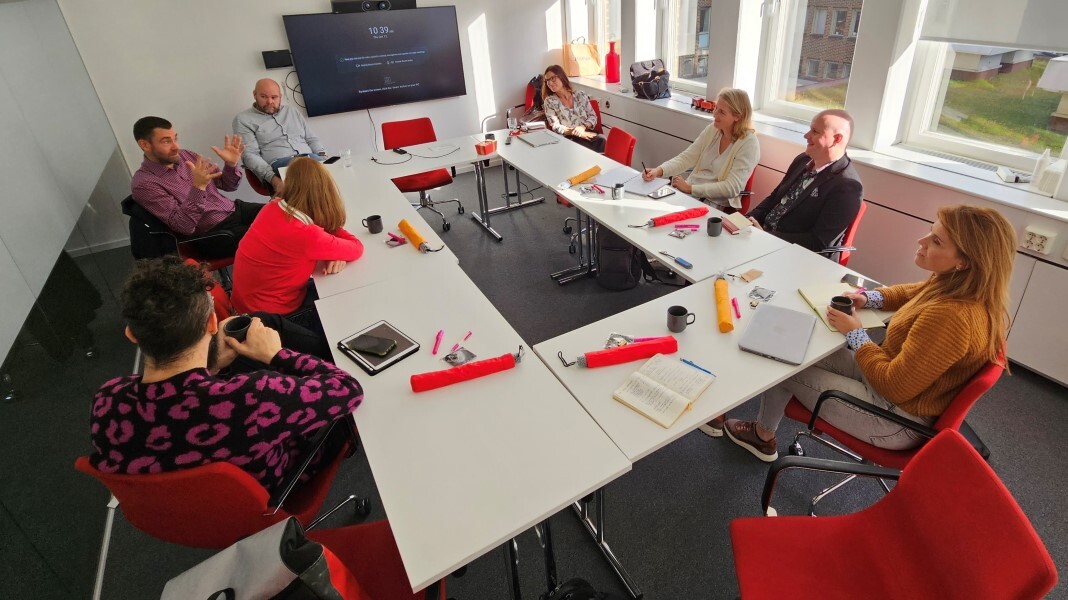
The journey continued to The National Centre for Public Sector Innovation (CO-PI), an organization contributing to enhancing the public sector's delivery of higher-quality services and products through innovation. Their aspirations revolve around a more efficient public sector not only at the national, regional, and municipal levels but also in international collaborations.
Metro Copenhagen exemplified technological progress in public transportation. This metropolis boasts the world's finest fully automated metro system, operating without onboard drivers. Witnessing this advanced transportation system left an indelible impression, offering a glimpse into the future of public transit.
Further exploration led to Minc, a groundbreaking startup incubator program established in 2002 by the city of Malmö. Here, hundreds of entrepreneurs found a community to breathe life into their innovative ideas, resulting in numerous remarkable innovations.
The journey then continued to Skånetrafiken, an initiative in the Skåne region embracing sustainable travel. By fostering competition among various companies, this project offers a sustainable alternative for bus and train travel. Collective travel contributes to a greener society and a more appealing landscape, a significant step towards a more sustainable future.
Internationally renowned, Malmö stands as an example of environmental sustainability and an innovation hub in green technologies. At the City of Malmö's centralized procurement unit, the team gained insights into circular procurement within municipal governance as a potent tool for steering society towards a sustainable economy.
Additionally, the itinerary included Wonderful Copenhagen, a non-profit organization promoting tourism. This is where the heart of Denmark's capital region was discovered that focusses on sustainably developing both business and recreational tourism. Projects and activities are executed in close collaboration with the tourism industry and public institutions, among other partnerships.
The journey also stopped at the groundbreaking Nordic Health Lab, a laboratory dedicated to the future of health solutions. By uniting commercial entities, educational institutions, and the public healthcare system, this initiative aims to craft innovative solutions ensuring our everyday health.
Lastly, the visit to the Danish Design Center (DDC) and the encounter with Christian Bason marked the culmination of this exploratory voyage. As a national design center, the DDC plays a pivotal role in promoting Danish design globally, embodying creativity and innovation that push boundaries and inspire the world.

Each visit offered unique insights, from cutting-edge startups to advanced public transportation systems and sustainable initiatives. Thanks to these inspirational sessions and engaging exchanges encompassing diverse cases, numerous concrete insights were gleaned to innovate even smarter within the Belgian government. Here, we gladly share the pivotal insights:
In times of immense societal challenges, ambitious goals are essential. Grand ambitions or moonshots spark a range of innovations. By setting groundbreaking goals, we challenge ourselves to pave new paths rather than simply optimizing existing ones. Ambition and innovation go hand in hand, requiring courage and bravery. Mission-driven innovation is necessary to create concrete impact in specific domains or contexts. Approach innovation as a portfolio of various initiatives or projects.
As a government, we can certainly make our ambitions, problems, and needs more widely known to society. Many stakeholders are eager to contribute. Adopting this approach in crafting new management plans undoubtedly presents opportunities.
Inspired by DDC, Metro of Copenhagen, Bikubenfonden
What future do our citizens and businesses want? What future is best for our society in the long term? For instance, what does mobility for citizens look like in the future? Do self-driving cars fit into this vision?
Work towards a desired future by engaging in future exploration and scenario building. By making an ambitious future goal tangible, you provide innovation with a clear direction to contribute to the desired future. It also helps in identifying opportunities and risks in time.
Inspired by DDC
Don't start from the current situation to innovate but begin with the vision of how the situation should be in the future.
Collaborate with all stakeholders (private sector, academia, citizens, and government) on the factors that need to facilitate achieving the ambitious goal.
Inspired by DDC

“Be courageous to change things together with the coalition of the willing.”
Toon Driessen – Innovation manager Enabel and part of the 1st Penguin team
Many of our societal challenges demand a global and multi-stakeholder approach to innovation in order to achieve effective solutions. Addressing complex issues as a system is often necessary; otherwise, there's a risk of working on a solution for one part of the problem while merely shifting the issue.
Prior to commencing innovation, establishing a shared understanding of the problem among all stakeholders is advisable. The government's role might involve mapping complex problems and focusing on key areas to generate breakthroughs. Systemic design can help us in this endeavor.
Inspired by Bikubenfonden
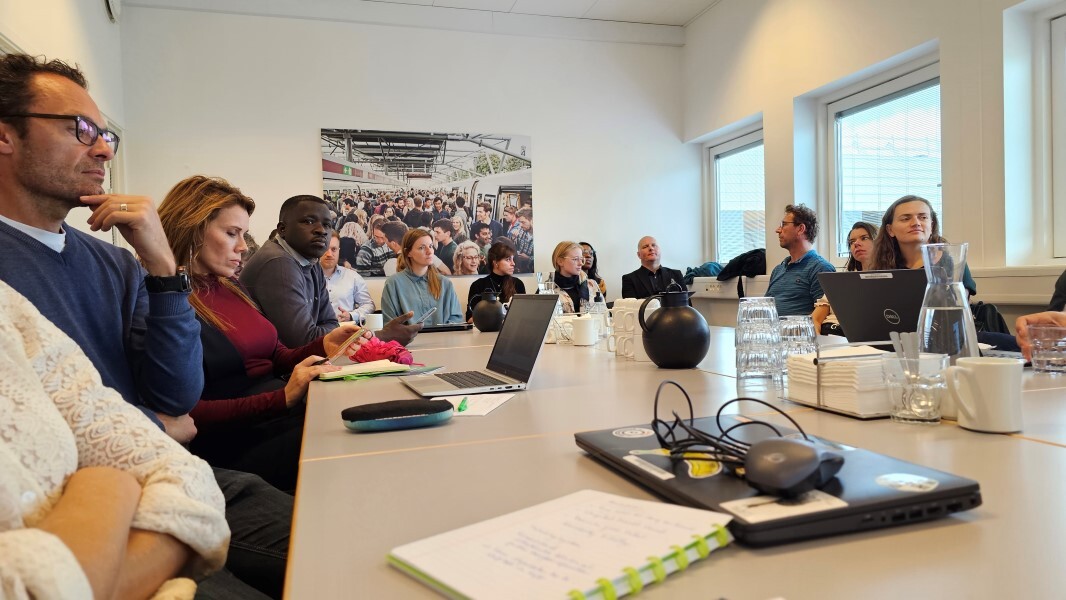
Forge unconventional, new partnerships to solve a problem. Don't limit yourself to traditional collaborators; seek out fresh partners (even beyond government and your familiar sector) willing to contribute to a solution.
Mobilize stakeholders, decision-makers, and practitioners to discover new and overlooked paths and solutions for the common challenge.
Enriching interactions between the public sector, business, and civil society are pivotal in arriving at a suitable solution.
Inspired by Bikubenfonden, Nordic Health Lab, CO-PI
This insight isn't new to our government, but it's valuable to reiterate that innovation often arises when we question our roles and relationships. Altering the government's attitude or position can foster new dynamics in collaborations with partners, businesses, and citizens.
The government doesn't have to solve all challenges alone. Frequently, multiple sectors and partners are willing to brainstorm and contribute to solutions. Acting as a connector and facilitating collaborations is a role the government can assume more often to foster innovation.
This also means being willing to share power with other organizations to fulfill ambitions.
Inspired by DDC, Bikubenfonden
“This trip made me reflect a lot on how we innovate in the Belgian Customs.”
Pieter Lescouhier - Belgian Customs FPS Finances and part of the winning team
Innovation begins with collective exploration, a partnership. It's crucial to invest in long-term relationships of trust with partners connected to the challenges.
Involved parties should feel safe enough to put themselves in a vulnerable position and express what they don't know.
Government can play a role in providing a secure space for internal innovation with citizens, businesses, academia, and other governments.
Inspired by Metro of Copenhagen, Bikubenfonden, CO-PI, Nordic Health Lab
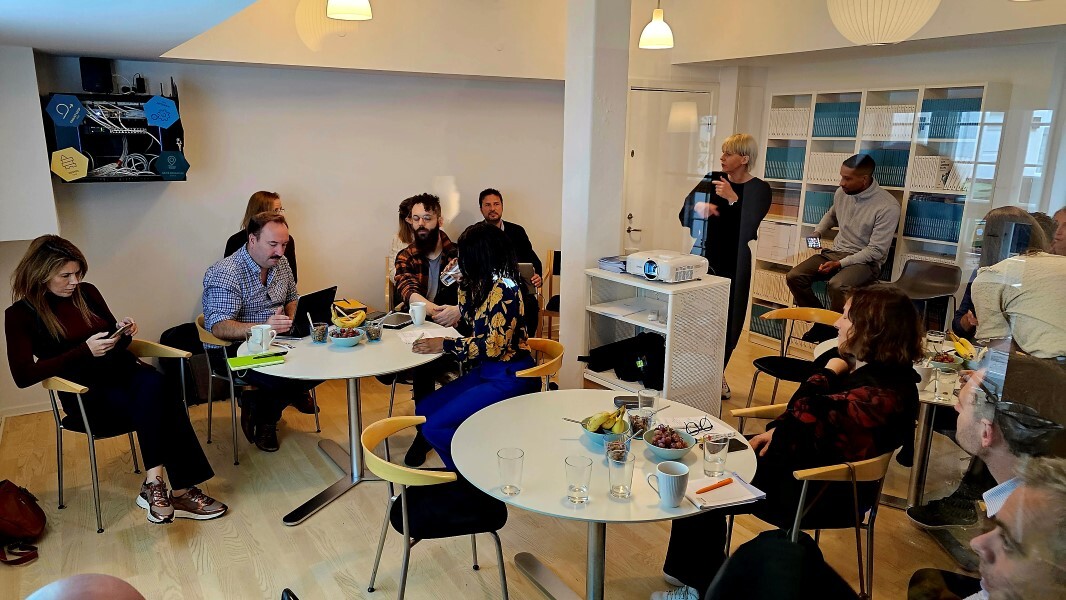
Leadership plays a pivotal role in implementing innovations. Leaders are responsible for upholding the long-term vision of the mission, focusing on achieving established goals. Additionally, they play a crucial role in fostering legitimate and collaborative decision-making within the organization, ensuring decisions involve the engagement of all relevant parties.
They are also responsible for managing a strategic portfolio of interventions and promoting learning moments within the ecosystem, placing effectiveness, flexibility, and continuous learning at the forefront. Furthermore, they are accountable for communicating the value and impact generated by the mission, sharing successes, and emphasizing the positive changes the mission brings about.
Inspired by CO-PI
On the one hand, measuring enables managing, even in innovation. By measuring innovation in government, actions are legitimized to strengthen the culture of innovation. On the other hand, however, we must be more critical in defining criteria to measure success. Focus on a long-term perspective to determine what can be considered successful.
Seek feedback from stakeholders and end-users on what they perceive to be successful before setting your KPIs. By measuring, the discussion shifts toward how innovative the public sector is, rather than whether it is innovative at all.
Inspired by CO-PI, Bikubenfonden, DDC, City of Malmö (circular procurement)
“Let’s work together with all sorts of partners, also new and maybe unusual.”
Vera Beeken – RIZIV/INAMI and part of the Born In Belgium winning team
Many innovative initiatives draw inspiration from existing innovative cases. If we don't want to reinvent the wheel each time, it's crucial to share and disseminate innovative solutions. Stories about successful innovations can inspire others and accelerate innovation in the public sector.
As a government, for instance, we can focus on building a database to document stories of innovative initiatives as well as the know-how to implement, disseminate, evaluate, and so on. This way, we make innovation visible, concrete, and tangible.
Inspired by CO-PI
Social innovation involves leveraging people's strengths rather than solely focusing on their weaknesses. By collaborating with the target group and utilizing their strengths, we can more effectively address societal needs and social challenges, thus creating a positive social impact.
As a government, we need to pay more attention to the strengths of specific groups that are often overlooked. Job descriptions that require a broad spectrum of competencies might not be the best solution in this regard.
Inspired by City of Malmö, Bikubenfonden
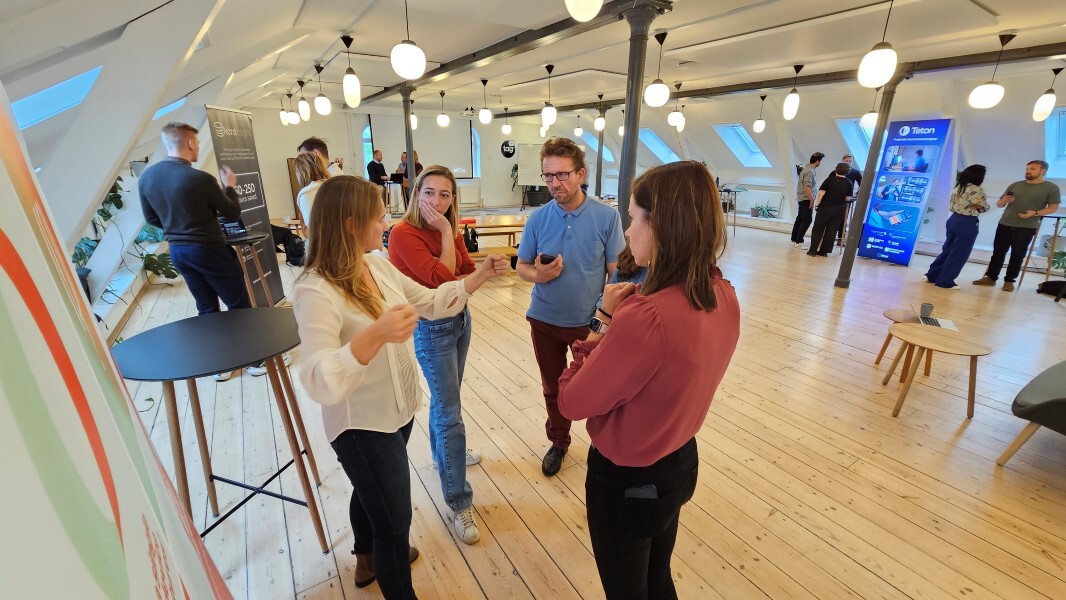
Copying successful solutions and factors of success, then rebranding or improving them, is a sign of efficiency and shouldn't carry any sense of shame. Overcoming the "Not Invented Here" syndrome can assist organizations in expediting innovation. We should act swiftly and decisively in adopting proven recipes. As a government, we must strongly encourage the sharing of innovations.
Inspired by CO-PI
“The visit at Skånetrafiken was inspirational and really concrete: Simplicity is key!”
Vanessa Stichelmans – Innovation project manager & part of the winning team of the Belgian Railway
Just because technology makes something possible doesn't mean we should do it. We need to consider the ethical aspects of our choices.
This compass comprises a framework with basic guidelines for ethical issues, helping organizations establish a common understanding and language around ethics. Always prioritize people and society when making decisions, not technology.
The ethical compass assists companies and organizations in creating a shared focus, understanding, and vocabulary around ethics. It provides a framework to ensure an ethical focus when creating tangible products and services, offering us a systematic way to discuss ethics.
This is crucial for the public sector as it provides a structured guideline to integrate ethics into policymaking and the provision of services. It enables the government to adopt an ethical approach in developing digital solutions and ensuring transparency and accountability for citizens.
Inspired by DDC
A circular procurement policy doesn't just consider the purchase price as the decisive factor but also incorporates the circularity of the solution into its evaluation criteria.
It involves a total cost analysis for the entire lifespan of the solution, encompassing both the purchase and the use. As a government, we should prioritize in our procurements evaluation criteria that assess the entire lifecycle of a product or service.
Inspired by City of Malmö
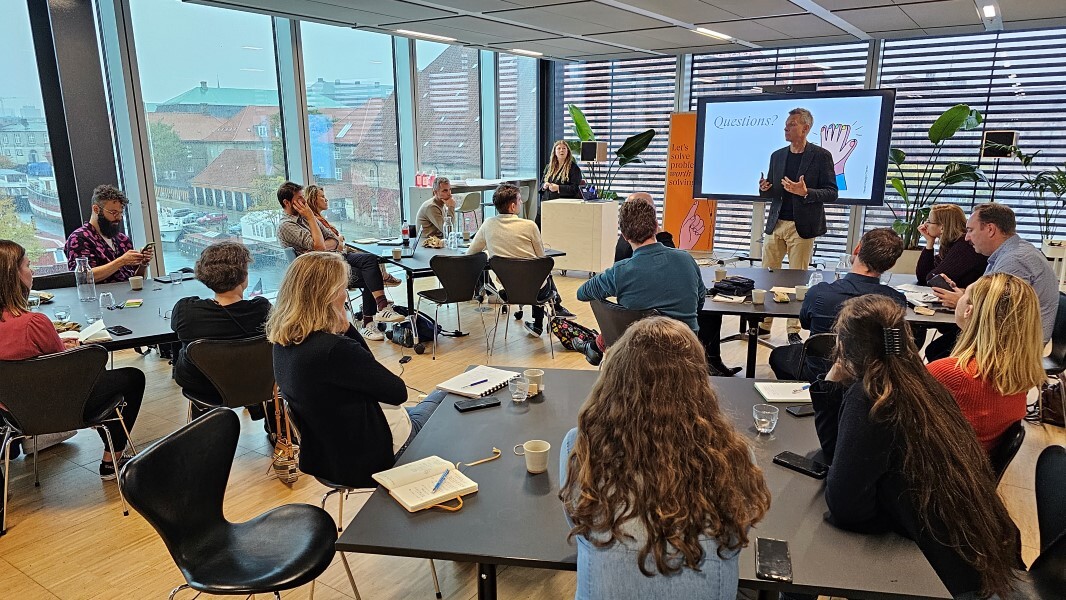
Many innovation initiatives fail to be implemented due to lacking budgets, altered mandates, a lack of ambition, and more. Anticipate these issues as much as possible by incorporating key components from the beginning that will enhance the success of scaling: clearly define ambition within a strong business case. In an ideal scenario, procurement experts are supportive partners from the outset of an innovation journey, ensuring seamless integration of innovative solutions within procurement processes.
Ensure committed sponsorship where leaders take responsibility and create visibility and engagement. Implementing partial elements from the project can also be seen as successful scaling. By facilitating scaling as much as possible as a government, you prevent innovation investment from ending in a project that goes unused.
Inspired by Bikubenfonden, CO-PI, Nordic Health Lab
“What has stuck with me most is the triple diamond with the scaling up component. It's time to scale up!”
Ambrose Okello – Digital & Innovation Officer at Enabel and part of the 1st Penguin team
The use of data is vital for government innovation. Data help identify bottlenecks and opportunities for innovation.
Open data also serve as a source for many businesses and academia to innovate. By sharing this data, the government can fuel innovation across other sectors.
By selling and guiding data usage, the government can create alternative business models. By selling data to external parties, government also provides guidance on the use of this information.
Inspired by Wonderful Copenhagen
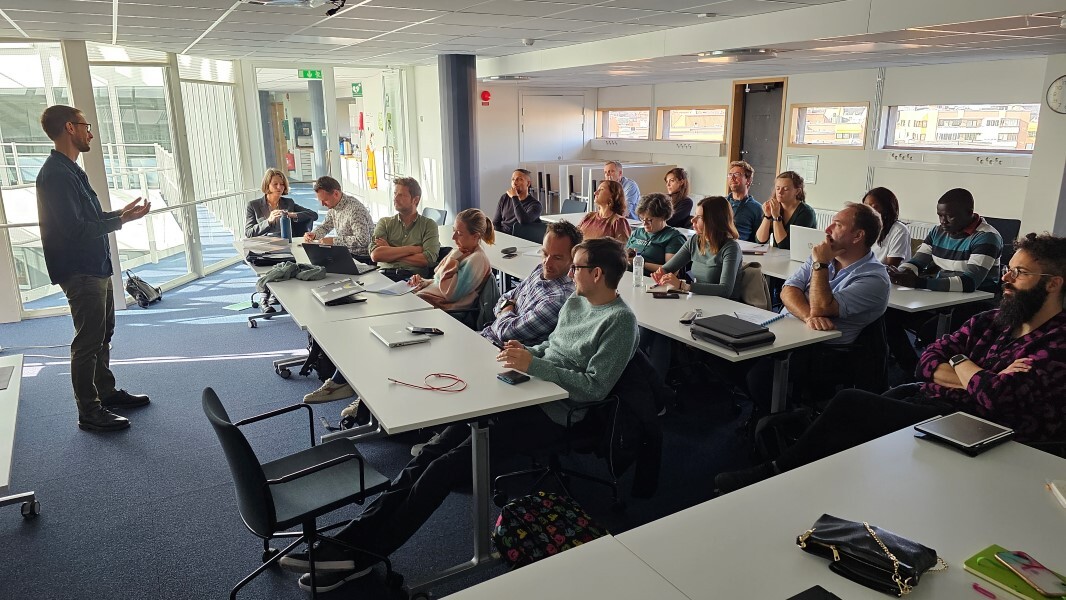
Let the government be a playground. Customized solutions are essential in various government contexts, such as hospitals or public transportation.
By opening up a portion of our working environment, companies, universities, and other partners can develop better products and services that benefit both the government and citizens.
The government should create space for these innovative initiatives by establishing specific "playgrounds" for experimentation.
Inspired by Wonderful Copenhagen, Nordic Health Lab
Innovative solutions are always characterized by simplicity for end users. As a government, continue efforts to simplify services for citizens and other government entities. When in doubt, ask your target audience if it's straightforward.
Inspired by Metro of Copenhagen, Skanetrafiken
Innovation involves managing risks. Not innovating or maintaining the status quo is a conscious choice and poses its own risks.
As a government, explore and experiment with new solutions. Continuing without change, asking for additional resources, and avoiding new solutions doesn't align with good governance.
Inspired by Bikubenfonden, CO-PI, DDC
Many of these insights emphasize the strategic role that innovation plays in various government organizations in the Copenhagen region.
Innovation goes beyond just a project centered around the user. Achieving high ambitions requires a proactive attitude, challenging the status quo, collaborating with unconventional partners, and transforming the role of government. Establishing new ecosystems for the government is a necessity.
In the coming years, Nido aims to learn from these lessons and apply them in the Belgian context. Belgium ranks as the fifth most innovative country within Europe, thanks to its robust private and academic sectors. Isn't it time to foster the ambition to make Belgium one of the most innovative governments in Europe?
If we succeed in better connecting our public sector with these high-performing sectors, we can position ourselves as a leading government in Europe and beyond! We warmly invite the Danes to an innovation trip to Belgium in 2030.

As we conclude this captivating trip to Copenhagen and Malmö, we want to express our sincere appreciation to the many individuals involved who made this groundbreaking initiative possible.
Our heartfelt thanks goes out to the winning teams of FPS Finances, RIZIV, NMBS, and the Enabel team for your valuable participation.
A genuine thank you to the organizations in Copenhagen and Malmö who warmly welcomed us. Your expertise and hospitality have broadened our perspective, further fueled our curiosity, and guided us towards new ways of thinking and acting in innovation.
Let's use the knowledge and insights we have gained to strive for Belgium's position as a leading innovative government in Europe.

Impressions of the trip and presentations of the organizations visited can be found on the website of the Federal Innovation Award
Join the Nido innovation network by subscribing to the newsletter. We’ll keep you updated about all our innovative themes.
